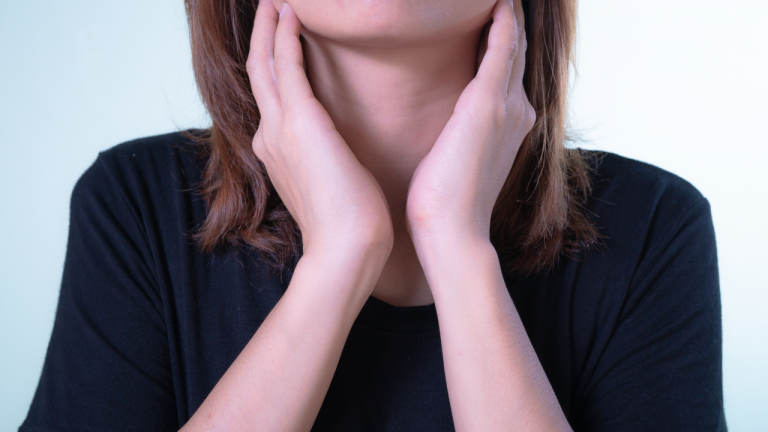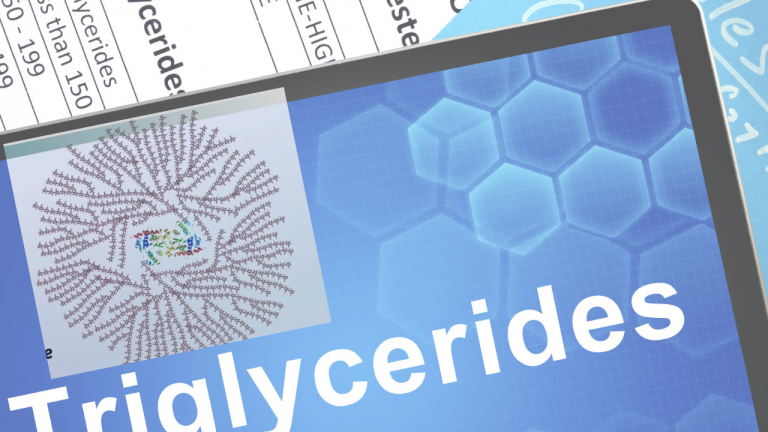The Female Pelvis and Pelvic Alignment

The female pelvis, also known as the woman’s pelvis, is a distinct anatomical structure that differs from the male pelvis due to its role in supporting pregnancy and childbirth. Understanding the anatomy and alignment of the female pelvis is essential for various healthcare professionals, including obstetricians, gynecologists, physical therapists, and fitness trainers.
Anatomy of the Female Pelvis:
The female pelvis is generally broader and shallower than the male pelvis. It has several key anatomical features, including:
Pelvic Inlet: The pelvic inlet, also known as the superior pelvic aperture, is the oval-shaped opening at the top of the pelvis. It is wider and more rounded in females, allowing for an easier passage of the baby’s head during childbirth.
Pelvic Outlet: The pelvic outlet, or inferior pelvic aperture, is the lower opening of the pelvis. It is wider and more spacious for women to facilitate childbirth.
Pelvic Brim: The pelvic brim is the edge that divides the pelvic cavity into two parts: the true pelvis below and the false pelvis above. It plays a role in determining the shape of the birth canal.
Sacrum and Coccyx: The sacrum is a triangular bone at the back of the pelvis formed by the fusion of five sacral vertebrae. The coccyx, or tailbone, is a small, fused bone located below the sacrum.
Pubic Symphysis: The pubic symphysis is a cartilaginous joint that connects the two pubic bones at the front of the pelvis.
Ischial Spines: These are bony protrusions located on the ischial bones, which are part of the pelvis. They play a role in determining the diameter of the pelvic outlet.
Pelvic Alignment and Implications:
Pelvic alignment refers to the positioning of the pelvic bones relative to each other and to the rest of the body. Proper pelvic alignment is crucial for maintaining good posture and optimal function. Some common pelvic alignment issues that women may experience include:
Anterior Pelvic Tilt: This is when the front of the pelvis tilts downward, causing the lower back to arch excessively. It can be caused by weak abdominal muscles and tight hip flexors, and it may lead to lower back pain.
Posterior Pelvic Tilt: In this case, the back of the pelvis tilts downward, causing the lower back to round excessively. Weak gluteal muscles and tight hamstrings can contribute to this alignment issue.
Lateral Pelvic Tilt: This involves one side of the pelvis being higher than the other, leading to an uneven weight distribution on the legs. It can result from muscle imbalances and may lead to hip or leg discomfort.
Asymmetrical Pelvic Rotation: When one side of the pelvis rotates forward or backward more than the other, it can cause imbalances in the spine and affect gait and posture.
Pelvic alignment can be influenced by factors such as muscle strength, flexibility, and daily habits. Physical therapy, exercises targeting core and pelvic muscles, and lifestyle adjustments can often help improve pelvic alignment and alleviate associated issues.
It’s important to note that individual variations in pelvic anatomy and alignment are common, and not everyone will have the same pelvic structure. If someone experiences persistent pain or discomfort related to their pelvis, it is advisable to consult a healthcare professional for a proper assessment and personalized recommendations.



